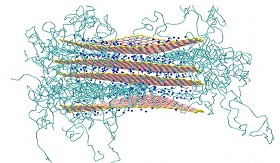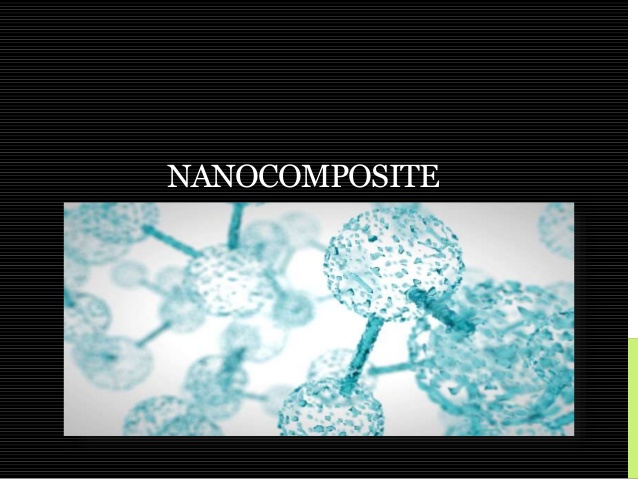Nano composite (structure and function) PhD Nano _ Microelectronics
Researcher and author: Dr. ( Afshin Rashid)
Note: Nano composite is a composite that has at least one of its components in the dimensions between 1 and 100 nanometers.
The first phase of a nanocomposite is a crystal structure that is actually the base or matrix of the nanocomposite and may be made of polymer, metal or ceramic. The second phase is nanometer-scale particles that are distributed as reinforcers (fillers) for specific purposes such as strength, resistance, electrical conductivity, magnetic properties, etc. within the first phase (base material). Various properties of nanocomposites include high surface-to-volume ratio without high flexibility without reducing strength and abrasion resistance, as well as desirable optical properties such as particle-size transparency. From a structural point of view, particles and fibers usually cause strength in the substrate, and the polymer substrate can uniformly transfer the forces applied to the composite to the reinforcing material by adhering to the minerals.
Among nanocomposites, the most attention is paid to polymer-based nanocomposites. One of the reasons for the proliferation of polymer nanocomposites is its unique mechanical, chemical and physical properties. Polymer nanocomposites generally have high strength, low weight, high thermal stability, high electrical conductivity and high chemical resistance. Composite ( Composite ) or composites, and macroscopic physical mixing of two or more substances are made. In this mixing, a common chapter remains between the components and each retains its identity. These materials are generally of two continuous phase or in the field ( Matrix ) and the dispersed phase (Disperse) or amplifiers were formed. So in today's industrial applications that require materials with several different or contrasting properties; Composite is a very good option.
Conclusion :
Nano composite Nano composite is a composite that has at least one of its components in the dimensions between 1 to 100 nanometers.
Researcher and author: Dr. ( Afshin Rashid)
PhD in Nano-Microelectronics




